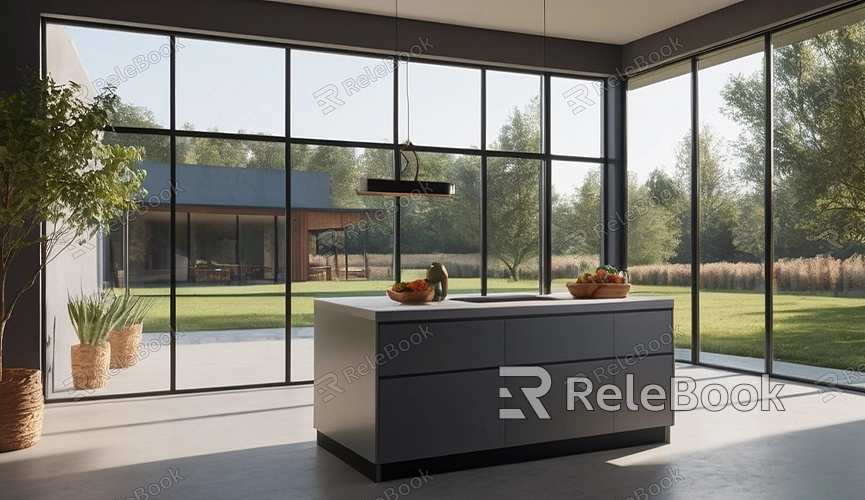How to bake a texture in blender render
In 3D modeling and animation, texture baking is a crucial skill that significantly enhances the quality of your work. Whether you're a beginner or an experienced 3D artist, learning how to bake textures in Blender can greatly improve your artistic output. Today, we'll walk through the detailed steps of texture baking in Blender to help you master this practical technique.
What is Texture Baking?
Texture baking involves transferring a 3D model's material, lighting, shadows, and other information onto a 2D image texture. This process significantly reduces computational load during real-time rendering, thereby enhancing rendering speed and quality. Particularly in game development, texture baking can make scenes more realistic while maintaining good performance.

I. Preparing Your Model in Blender
Firstly, ensure your 3D model and materials are set up correctly in Blender. Open your project file in Blender and confirm all textures and materials are appropriately applied to the model.
II. UV Unwrapping
Before baking, ensure your model's UVs are correctly unwrapped. UV unwrapping is the process of flattening the surface of a 3D model into a 2D plane, allowing textures to be accurately applied.
1. Select the Model: In Object Mode, select the model you want to bake textures for.
2. Enter Edit Mode: Press `Tab` to enter Edit Mode.
3. Unwrap UVs: Select all faces, press `U` to open the UV unwrap menu, and choose an appropriate unwrapping method. For complex models, consider using "Smart UV Project" or "Lightmap Pack."
III. Setting Baking Type
Blender offers various baking types, including Diffuse, Ambient Occlusion, Normal, and Lighting. Choose the baking type based on your project requirements.
1. Switch to Cycles Renderer: In the top Blender header, select "Cycles" as the renderer.
2. Open Baking Settings: In the Render Properties panel, find the "Bake" section.
3. Select Baking Type: In the Bake panel, choose the baking type you need, such as "Diffuse."
IV. Configuring Baking Target
Next, configure the baking target, where Blender will save the baked results as a texture.
1. Create a New Texture: In the UV/Image Editor, create a new image texture named "BakedTexture."
2. Add to Material: In the Shader Editor, add an "Image Texture" node and select the "BakedTexture" you just created.
3. Set as Baking Target: Ensure this "Image Texture" node is selected so Blender knows where to save the baked results.
V. Starting the Baking Process
Once everything is set up, you can start the baking process. Ensure your model and textures are configured correctly, then click the "Bake" button. Blender will begin calculating and save the results into the specified texture. This process may take some time depending on the complexity of your model and your computer's performance.
VI. Saving the Baked Results
After baking is complete, you need to save the baked results as an image file.
1. In UV/Image Editor: Review the baked results.
2. Save Image: Click on the "Image" menu, select "Save As...," and save the baked results as a PNG or another common image format.
By following these steps, you've learned how to bake textures in Blender. This not only enhances the quality of your work but also significantly improves rendering efficiency. In practical projects, texture baking allows you to create more complex and realistic scenes while maintaining optimal performance.
Lastly, remember that if you need high-quality 3D textures, HDRI, or downloadable 3D models for your modeling and virtual scene creation, you can download them from Relebook. This saves time and ensures the quality of your work.

